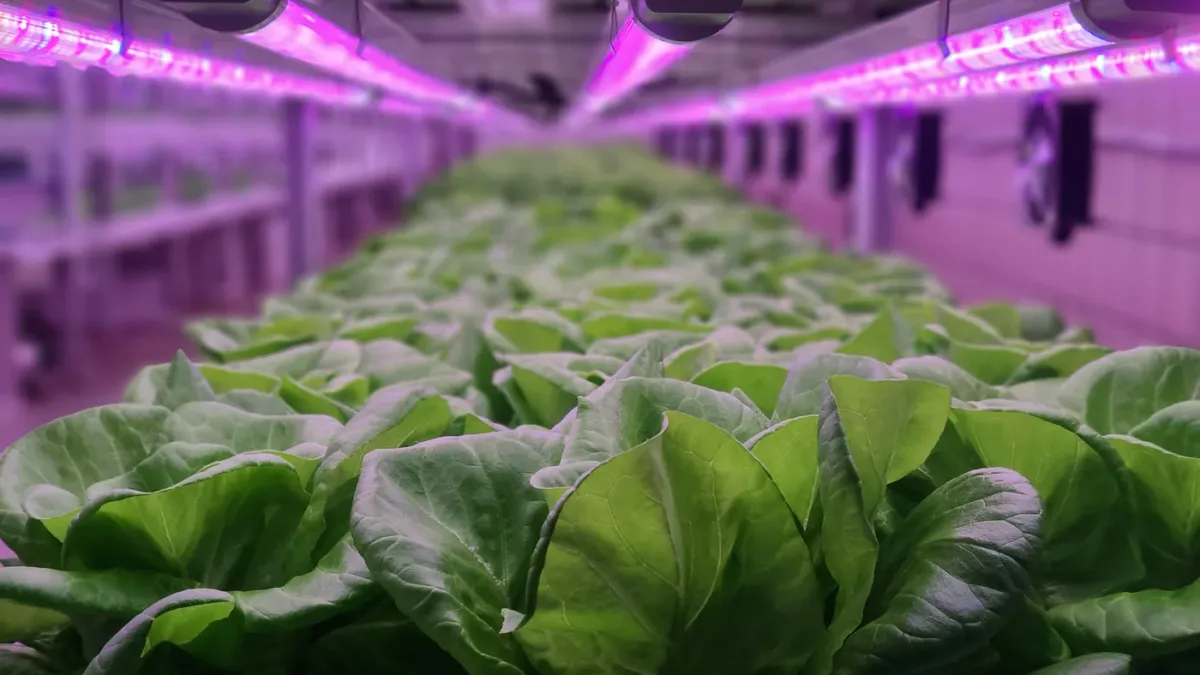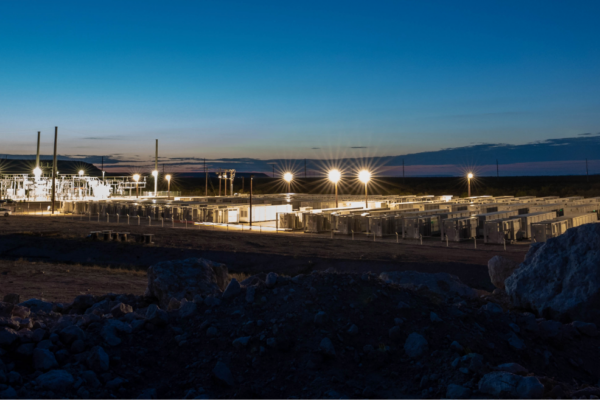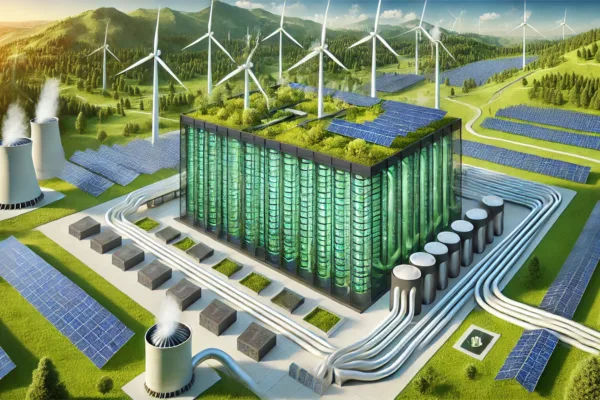Most climate innovations hold a common raison d’etre, but when it comes to climate impact, investing in the most impactful solutions over the longer term — which aren’t always the ones making the most noise today — makes a world of a difference in our collective emissions reduction efforts.
Whether evaluating low-carbon materials, carbon capture monitoring software, or a novel recycling technology, the ability to measure and report on the impacts of any new climate innovation is essential for investors and startups alike. With a widely accepted and repeatable framework, we believe life cycle assessments (LCAs) are one of the most powerful tools for conducting environmental impact analysis.
LCAs act as a cradle-to-grave or cradle-to-cradle analysis, identifying where key environmental impacts fall along a product’s full life cycle. An LCA brings transparency to the embodied energy of a product or service, showcasing the total energy expended across extraction, materials processing, manufacturing, distribution, use, and (ideally) reuse.
As climate technology becomes increasingly complex, the environmental analysis does too. Having a nuanced picture of environmental impacts beyond GHG emissions enables investors to make more holistic decisions. LCAs can help both investors and consumers quantify the benefits of one technology over another, and evaluate which products and materials lead to longer-term emissions and waste reductions.
To demonstrate this, let’s walk through a few examples of how LCAs have painted a broader environmental analysis of newer climate technologies, starting with the example of battery electric vehicles (BEVs).
Case 1: Battery electric vehicles (BEVs). An LCA “winner.”
LCAs provide comparisons on two basic levels, both of which are important comparative tools for investors aiming to verify the impact claims of a prospective startup. These two comparison levels include:
- Product comparisons: Comparing the life cycle impacts between multiple products.
- Life cycle stage comparisons: Demonstrating where the greatest impacts lie within the life cycle of a single product.
Using this method, The Journal of Sustainability published an LCA in 2021 to compare the emissions reduction potential of three vehicle types:
- Internal combustion engine vehicles (ICEVs)
- Hybrid electric vehicles (HEVs)
- Battery electric vehicles (BEVs)

In this LCA, when comparing the production phase of the vehicles alone, emissions of BEVs are higher than HEVs and ICEVs. This is due to the large amounts of energy required for lithium-ion battery production, as well as the coal-dominated energy mix in China, where most lithium-ion batteries are made. On a longer-term horizon, however, it’s clear that ICEVs have higher emissions across their estimated 11.5-year life cycle.
By generating granular insights into the main sources of emissions in a product or process, companies can translate LCA findings into a targeted list of attributes to decarbonize and improve. In the case of BEVs, the emergence of second-life batteries has not only made the battery production phase much more sustainable but also opened up a new and rapidly growing market.
This emerging market is recycling raw materials in BEVs such as lithium, nickel, and cobalt, while simultaneously addressing the estimated 12 million tons of lithium-ion batteries that are expected to retire between now and 2030.
There are a few interesting startups in this space, including Li-Cycle, focused on sustainably recovering critical materials from lithium-ion batteries, and Nth Cycle, which uses clean electro-extraction technology to recover minerals from batteries shredded into black mass. Startup Posh Robotics is also innovating in this area by automating the disassembly of batteries to recapture approximately 80% of the unused capacity of the battery at the end of its life.
Additional second-life applications are being explored, such as energy storage. While these technologies are still being developed, they are becoming more viable and economical which is driving incredible growth in the EV battery recycling market. One source estimates the global second-life EV battery market will grow to $35 billion by 2027, up from $20 billion in 2021, with the market for lithium-ion battery recycling expected to reach $25 billion by 2028.
Through component reuse at a product’s end of life, emissions associated with the virgin stock can be amortized over two products. As we consider life cycle emissions attributed to the production and use of BEVs, these figures in an LCA will dramatically reduce once EV batteries are able to be reused rather than disposed of following that 11.5-year timeframe. And, there is promise in this industry shift, with OEMs such as Mercedes already launching relevant initiatives.
Case 2: Vertical farming. A less-successful LCA story.
In the past five years, vertical farming has been flooded with hype. In the first five months of 2022 alone, VC investment in vertical farming hit $800 million ($400 attributed to Plenty’s Series E round in January), compared with $1.2 billion throughout 2021, though the number of total deals this year is down.
Proponents of vertical farming claim its main environmental benefit is in cutting down “food miles,” or the distance it takes to transport agricultural products from farm to table. However, it turns out that this reduction is a drop in the ocean when compared to the life cycle emissions of a vertical-farm-produced crop.
One seminal LCA on this subject, Food-Miles and the Relative Climate Impacts of Food Choices in the United States found that food miles account for only 4% of the lifecycle emissions of food products in the US. This same LCA showed that shifting consumption from red meat and dairy to chicken, fish, eggs, or vegetable-based diet for only one day a week could reduce an American’s GHG footprint more than eating locally grown food every day.
Vertical farming companies also tout the benefits of reduction in land usage for the environment, but LCAs paint a different picture.
According to research published by Cornell University, which dubbed vertical farming a “wasteful pie in the sky,” a one-acre crop of lettuce grown in an Ithaca vertical farm in optimized conditions required 9.3 acres of solar panels — far from an economization of space.
Zooming out to consider the total emissions of vertical farming efforts, the performance is often even worse.
A different study by Cornell in 2020 showed that one head of lettuce grown in a vertical farm in New York City produced more than double the emissions of a head of lettuce grown on a field in Salinas Valley, California, even if the lettuce was sold in New York.
The same study showed that a head of lettuce grown at a vertical farm in Chicago and sold in the same city would produce four times the emissions as a head of lettuce grown on a field in California and sold in Chicago. This type of analysis shows that investing in vertical farming will not push the needle on emissions reductions and that instead, these dollars should be invested elsewhere.
At Valo, a core tenet of our circular economy thesis is around resource efficiency, reducing waste, and increasing throughput to create abundance out of perceived scarcity. While on the surface vertical farming appears to satisfy these principles, a deeper look proves otherwise and begs the question — at what cost?
Vertical farming illuminates that we must always question whether the life cycle stage that a company is demonstrating impact at is the most important stage to be addressing.
Additionally, vertical farming shows that optimizing for minimizing impact at one stage, in this case, the farm’s land footprint, may actually be causing a greater adverse impact at another stage — a larger land footprint under solar panels.
While vertical farming may not be a winning solution for environmental impact today, there is an enormous opportunity for emissions and waste reduction in our food system, which contributes to 24% of overall GHG emissions when combining agriculture, forestry, and other land use sectors.
We’re particularly excited to find circular economy solutions here, which target emissions reduction related to food production and waste along the supply chain.
Using LCAs in investment decisions
At Valo, LCAs helped affirm our investment in Novoloop, a company that sustainably upcycles abundant, hard-to-recycle, contaminated, end-of-life polyethylene (PE) plastic waste into a variety of high-value, high-performance, cost-competitive sustainable materials.
Early on, Novoloop shared an LCA with us conducted by a third party, which showed that Novoloop’s upcycled Oistre material, a thermoplastic polyurethane, has a significantly lower carbon footprint than its virgin fossil-derived counterpart. Critically, their process is also a cost-effective way to upcycle a low-value waste feedstock into much higher-value materials. We were intrigued.

From a systems perspective, it makes sense to focus on PE. It is the world’s most abundant plastic, yet less than 10% of it is recycled globally, and recycling PE has massive climate impact potential.
Multiple relevant LCAs have demonstrated that recycling LDPE and HDPE can save 75% or more of greenhouse gas emissions compared to the virgin production of these plastics. We were lucky that Novoloop had already done an LCA, which made it easier to evaluate the impact of their technology.
When evaluating circular economy investments, LCAs are a critical way to assess the environmental impact. If a company does not have an LCA, there are workarounds, including finding LCAs available in the public domain completed for comparable technologies. In addition, tools like the CRANE tool, developed by Prime Coalition and Rho AI, can give an estimate of the decarbonization potential for various technologies.
These types of holistic considerations cannot be overlooked in climate investment decisions. When they are, we run the risk as a community of advancing the solutions that aren’t capable of the large-scale reductions in emissions, waste, and water use that we are all aiming to accelerate.
With deeper, targeted analysis we can have greater confidence that our collective efforts are going towards solutions demonstrating the highest and most holistic environmental return for the long game that we’re all playing.
Thank you Lillian Childress for your contributions to this body of work



